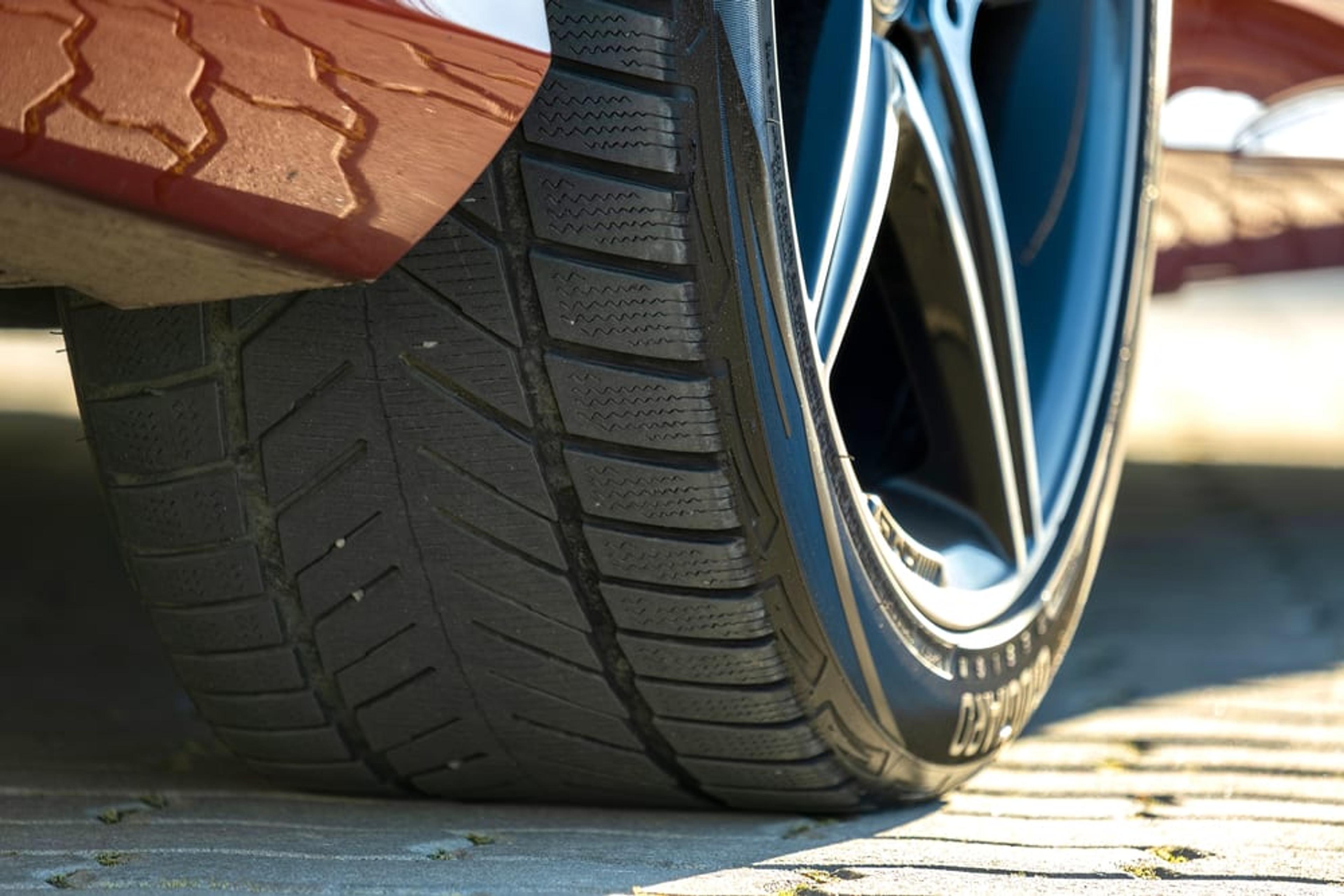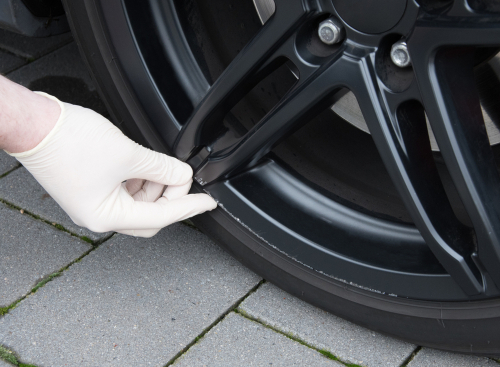Tire maintenance & safety
Tire bead: Overview & maintenance

Tire maintenance & safety

Tire maintenance and selection are dependent on a basic understanding of tire anatomy. Granted, you don't need to know absolutely everything to get by, but it doesn't hurt to know as much as you can.
So, what do you know so far?
How about the tire bead? While it doesn't come up all that often during tire selection, the bead is incredibly essential.
You might have heard of someone having to replace tires after they blew the bead, or they added a bead lock wheel to help them off-road or in drag racing. You might have even heard of someone tearing the bead when trying to install tires themselves.
What is it? That's what we're here to talk about. You’ll learn everything you need to know about tire beads so you can do your part to make sure yours stay intact.
The tire bead is the reinforced section of the tire that comes in contact with the rim. It's responsible for creating and maintaining a seal between the wheel and tire for it to hold air.
The seal is achieved with the friction created between the wheel and the bead. A steel, copper, or other robust bands within the rubber bead help it to retain its shape, maintaining the seal as the tire is subject to distortion and vibration.
The bead sits at the inner lip of the tire that meets the wheel, opposite of the tire's tread. Imagine a tire without a wheel. The bead is easy to spot on a dismounted tire as it sits at the base of the sidewall and has a slightly wider profile. Also, just like sidewalls, your tire has two beads to meet the wheel.
If everything is in great shape, you won’t see the bead of a mounted tire. It’s actually hidden behind the raised edge of the wheel. About the only time you would see it is if there is major damage done to the assembly, meaning you’ll want to have the wheel and tire repaired or replaced.

Bead damage is caused by driving on over or underinflated tires that cause the bead to slip, which damages the bead. Also, smashing curbs or off-road obstacles with the sidewall can cause bead damage.
All of those issues are avoidable. However, what might not be avoidable is a subpar installation. If the installer uses the wrong tools or doesn’t clean the surfaces correctly, your tire beads can quickly become damaged.
Here's the good news, your bead doesn't damage easily. So long as you're taking care of your tires, driving with care, and the tire is mounted proplery, you should never run into issues with the bead.
Just because the bead isn't prone to failure under normal circumstances doesn't mean you don't have to worry about it. There's a lot of room for things to go wrong.
Like we said, neglecting air pressure can be a serious issue, and is typically the biggest offender of tire bead damage. Underinflation can be especially dangerous as there isn't enough tension to keep things in place. Yes, the seal created by the tension of the bead will do its job, but only to an extent. Air pressure in the tire is just as essential to keep it in place.
Overinflation can lift the bead from the wheel and create issues with the bead slipping. Keeping tire pressure in check is essential to protecting the bead.
That's not all there is to it, though. Sudden blows to the sidewall can be a significant issue as they can push the bead off its seat. However, you should be avoiding curbs anyway.
What if you do hit one, and the bead appears to stays in place? You still want to check the wheel and tire to be safe. Even if the bead is still where it should be, it doesn’t mean that the seal hasn’t been broken or a crack isn’t present in the wheel.
So, how do you know if your tire beads are dealing with issues? Leaks. Any time there's a leak that can't be pinpointed to a puncture in the tire, a crack in the wheel, or a leaky valve stem, you can list the bead as a prime suspect.
These leaks come in all shapes and sizes. It can be anything from a slow leak to a total blowout of the tire. However, if the bead is knocked free of the tire, there's no question that it's the issue.
Whether or not a leaky bead can be repaired depends. In most cases where a slow leak is present, the bead may simply need to be reseated. That's also the case for many situations when a tire is knocked loose on the rim. As long as there's no serious damage, the beat can likely be reset, and you won't have to worry about it.
There is the chance that the bead is damaged, though. For example, the chords inside may have broken, the rubber seal might be torn, or a coarse inside edge of a wheel might have chewed this portion of the tire to bits. In these cases, the tire will need to be replaced. If you're experiencing issues with the bead, it's best to consult a professional that can assess the situation and determine the best course of action.
You break the bead of a tire by breaking the seal between the rim and the tire. You may need to do that to put a patch on the inside of the tire, replace the inner tube on a small tire, or swap tires for light applications.
It's a simple concept to break the bead. You need to drive the bead off its seat. That can be achieved with special machines, a dedicated bead-breaker, or special tire irons, all of which require unique steps.
Is it worth doing yourself? In some cases, it is. Those comfortable with tire repairs can easily perform the jobs requiring the bead to be broken on small tires in their home garage. However, you're better off taking car and truck tires to a professional shop. These repairs are super affordable, and it can be dangerous to attempt them yourself without the proper equipment.
Although the name may sound confusing, tire beads are simple. They’re simply a structurally rigid ring in the tire that provides a seal with the wheel. They hold their position to keep the air pressure in the tire, and you shouldn't have any issues with them with normal, on-road driving.
Search By